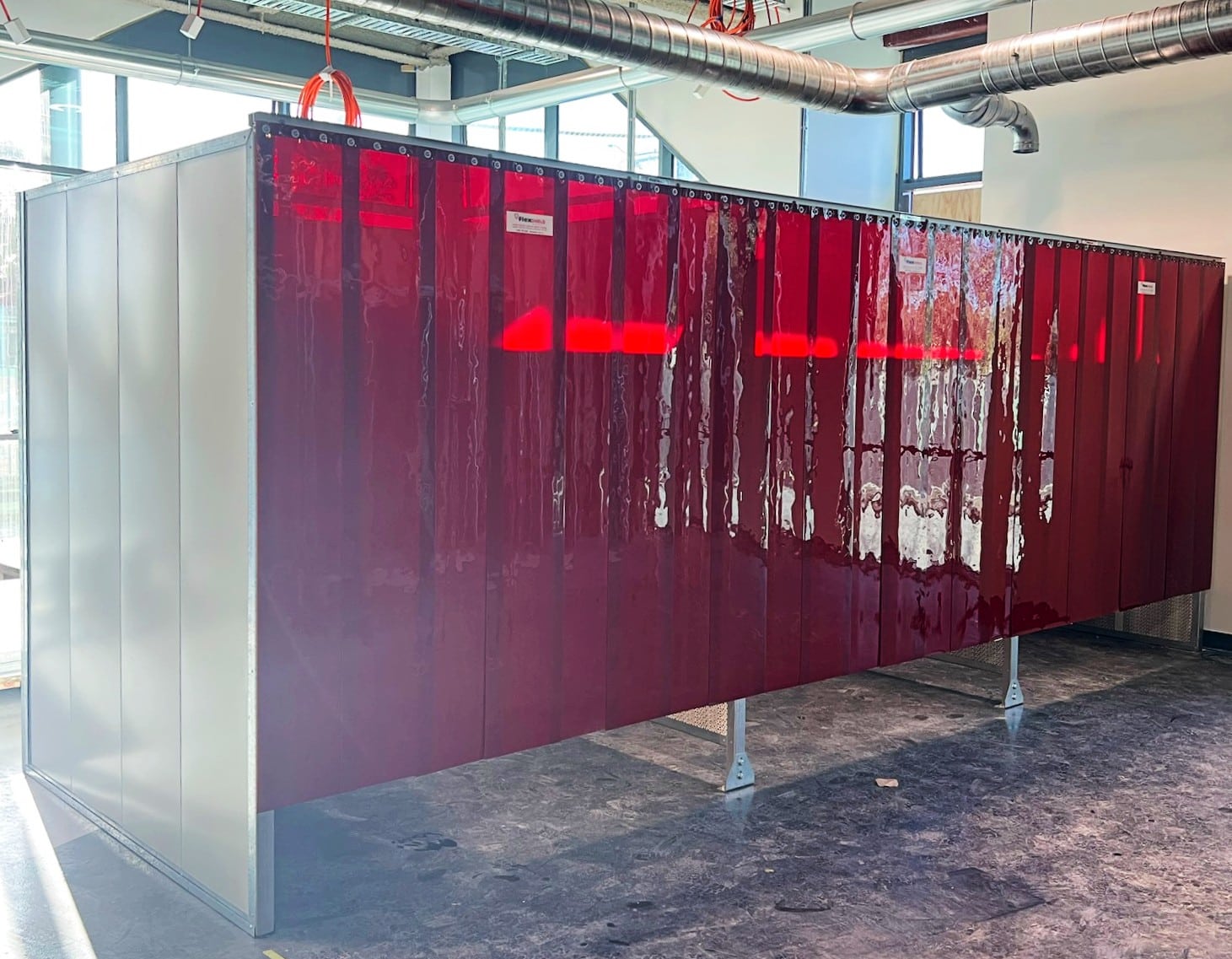Call 1300 799 969 | Contact Us


Home » The impact of noise reduction on manufacturing employees
Excessive noise levels pose a significant health hazard in the manufacturing industry, leading to irreversible hearing damage and various other health problems. And the impact of noise extends beyond physical health, affecting employees’ wellbeing, productivity, and job satisfaction.
In this article, we’ll explore the surprising benefits of noise reduction in the workplace, and highlight its positive effects on employee health, safety, quality control, and overall company success.
Noise in the manufacturing industry can have detrimental effects on employees’ physical, psychological, and emotional well-being. Exposure to high noise levels can result in migraines, fatigue, irritability, dizziness, and even high blood pressure.
What’s more, hearing loss – a permanent problem caused by loud noise – negatively impacts individuals’ quality of life well beyond the workplace. By implementing noise reduction measures, employers can not only prevent these health issues, but also promote employee wellbeing and job satisfaction.
Beyond improving employee health, reducing noise levels in the workplace offers several advantages that positively impact the entire manufacturing company.
A quieter work environment minimises distractions, allowing employees to focus better and complete tasks more efficiently. Increased productivity leads to better outcomes and enhanced overall job satisfaction
High noise levels contribute to fatigue and stress, factors which can increase the risk of workplace accidents. By reducing noise distractions, employees can better maintain their focus, reducing the likelihood of accidents and promoting a safer work environment.
Excessive noise can hinder employee communication, impacting the ability to monitor and maintain product quality. With fewer noise-related distractions, inspections can be carried out more accurately and consistently, resulting in improved quality control.
Prioritising employee health and safety demonstrates the company’s commitment to their wellbeing. By implementing noise reduction measures, employers show they care about their employees’ health and are more likely to retain a satisfied, engaged workforce – which ultimately leads to increased productivity and reduced turnover costs.
Manufacturing environments often involve multiple noisy machines operating simultaneously, a situation which increases the risk of noise-induced hearing loss (NIHL) for workers.
NIHL has significant consequences for both employees and business owners. Workers may experience job loss, reduced earnings, impaired social life, and increased health-related issues. For employers, NIHL can result in higher workers’ compensation premiums, increased replacement and training costs, and decreased productivity
Fortunately, there are steps you can take to avoid the damaging effects of NIHL.
The acceptable level of noise exposure depends on the loudness of the noise, and an employee’s duration of exposure. It is crucial to limit maximum worker noise exposure to 85 dB(A) over eight hours or peak (sudden loud) noises to 140 dB(A).
Implementing noise control solutions can significantly mitigate the negative effects of noise in manufacturing facilities. Effective solutions include:
While the primary focus on noise reduction in manufacturing has been driven by safety concerns, the benefits extend far beyond employee wellbeing. By investing in noise reduction strategies, manufacturing companies can improve employee health, safety, and job satisfaction, leading to increased productivity, better quality control, and enhanced employee retention. Reducing noise levels not only protects employees’ well-being but also contributes to the company’s bottom line and overall success.
For expert advice on the right noise control solutions for your facility, please contact Flexshield at 1300 799 969 or get in touch online.